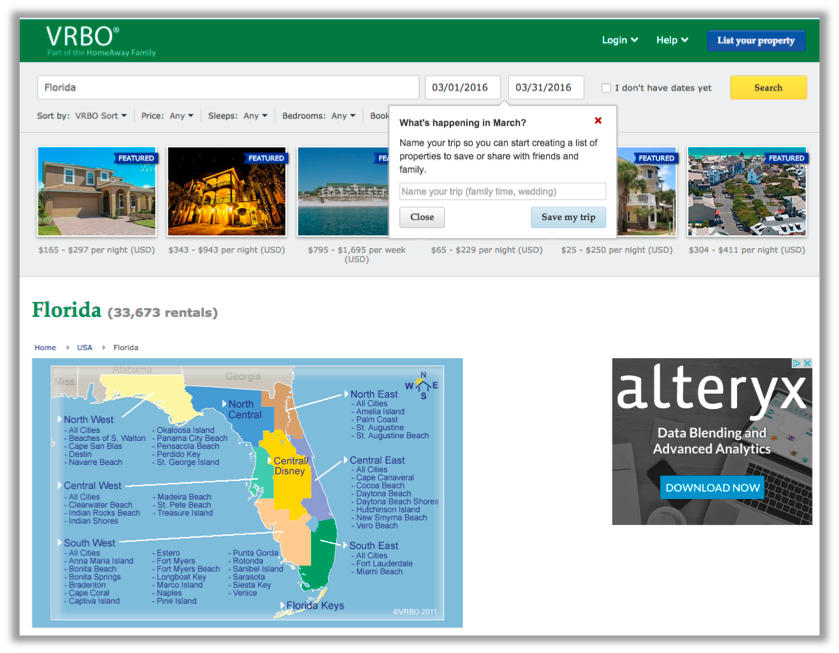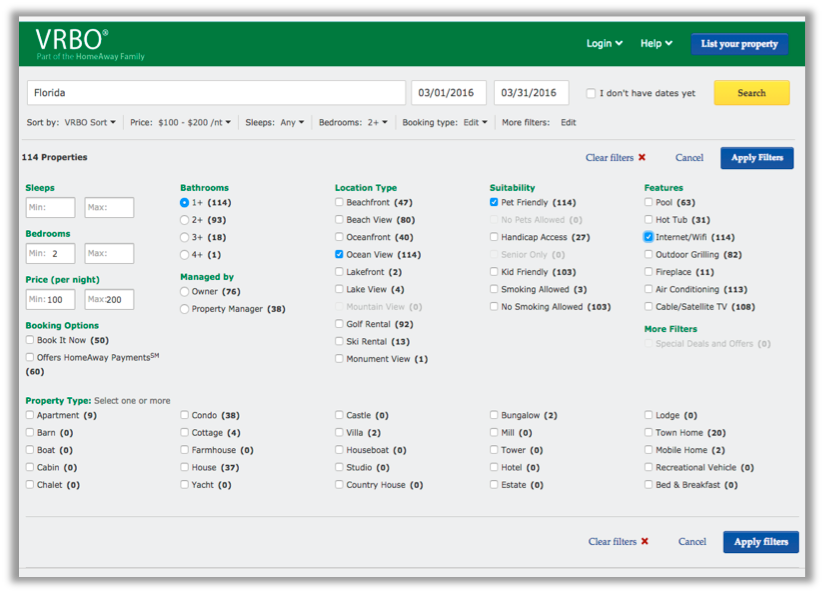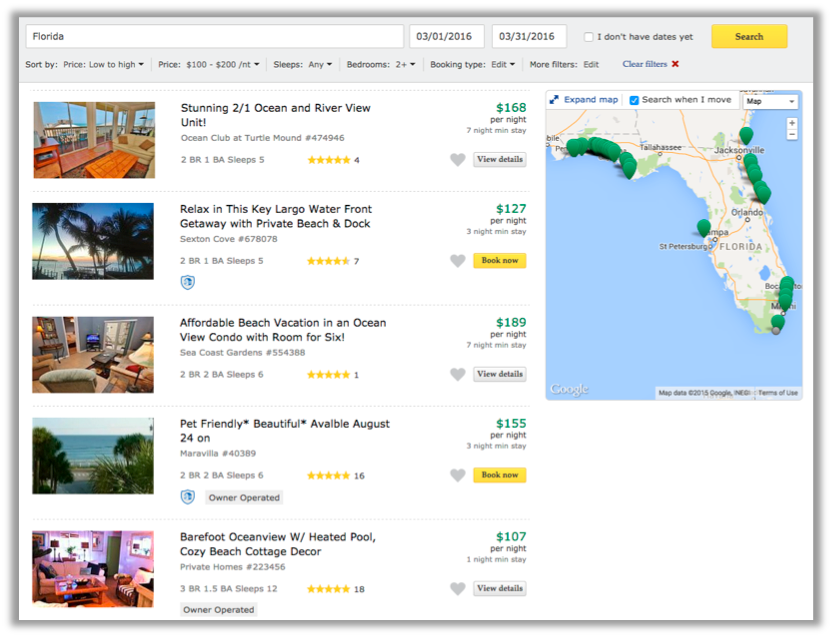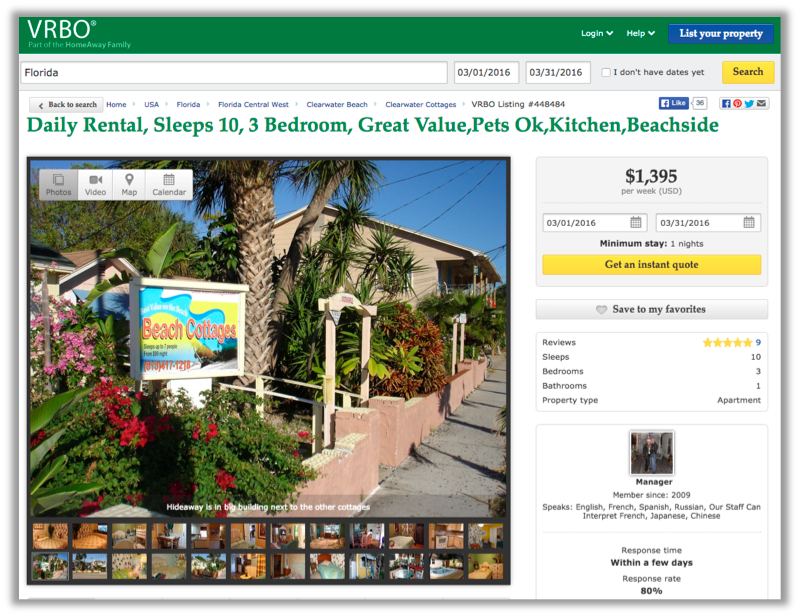Site search is an often-overlooked weapon in the digital arsenal available to Internet retailers. However, site search is becoming a much higher priority these days as ecommerce marketers recognize its critical role in the buyer's journey and its impact on the customer's digital experience.
Econsultancy found that up to 30% of ecommerce visitors use site search and buyers are 90% more likely to search than browse for products and services. That's because visitors who use search are in a more advanced stage of their journey. They understand their needs and if they find what they want, take action. As a result, search visitors are 3 to 5 times more likely to convert and will raise the overall conversion rate for your ecommerce site.
Site search can either hurt or help the digital experience your website creates for customers. It must provide an intuitive interface, the flexibility to refine and customize search criteria and present search results that are useful and relevant. According to Hubspot, 76% of consumers say the most important factor in a website's design is "the website makes it easy for me to find what I want." That certainly argues for a streamlined user interface combined with a flexible and accurate site search capability.
The Power of Search
Done right, your site search function can be a powerful marketing weapon for customer engagement, conversion, cross-sell/upsell and retention. A world-class site search capability can be a competitive differentiator that attracts and holds visitors on your site as they explore potential products and services using search terms, facets and filters that personalize their shopping experience. Site search should be considered an important ingredient for any digital commerce formula.
Here's an example of the business impact: You can expect a properly designed site search capability to raise your site-wide conversion rate by some incremental value - let's say for discussion purposes, it increases from 3% to 3.5%. That half-point percentage increase in site conversion will translate to a 16% increase in online sales for your business. So if you are an Internet retailer with $10M in annual revenue, site search will drive an additional $1.6M of annual revenue for your business - a healthy ROI for your site search optimization investment.
Room for Improvement
In spite of the benefits, there are many ecommerce websites that have not invested sufficiently in their site search capability. In a study of leading ecommerce sites conducted by Baymard Institute, only 40% of these websites have faceted search, the foundation for contextual filters that refine and customize search results. Even more surprising, the same study found that 70% of major ecommerce sites require users to search using their company's own product terminology (so no "blow dryer" results if "hair dryer" is typed or no "multi-function printer" results if "all-in-one printer" is typed).
Even the most critical aspect of site search - relevancy - leaves room for improvement. According to Nielsen Norman Group, the user's first on-site search query is successful only 64% of the time. The requirement for multiple search attempts creates frustration and ultimately abandonment. An SLI survey found that 73% of visitors with an unsatisfying experience will leave in less than 2 minutes.
Breaking Down the Search Process
Beginning a high-level search: If your search visitor has a problem they are looking to solve, they will have already specific search terms and selection criteria in mind. The following use-case provides an example of a successful site search implementation. It uses a popular vacation rental site as an example of how the stages of a search process can create a satisfying customer experience.
Let's assume that your buyer has this problem to solve:
- “I want to find a vacation rental in Florida”
- “I plan to rent during the month of March”
- “I need to find pet-friendly accommodations”

The user interface and search relevancy features of this site are well done. The interface is simple and intuitive; there is an option to save and share the search with family and friends; the data is comprehensive and clean; and the extensive and relevant results (33,673 rentals) are grouped and plotted graphically on a map of the state of Florida (the targeted search area).
Refining the search: Now it's time to apply facets and filters to refine the search.
- Facets: Sort by price, bedrooms, max guests, # reviews, geographic location
- Filters: Price (min/max), number of guests, number of bedrooms, ocean view, pet friendly, Internet/Wifi, plus over 60 additional filters

The extensive number of filters available to the user enables a highly personalized search that truly reflects the customer's needs. Each filter has a count for the number of matching properties to facilitate the refinement process. The flexibility of this search function enables this customer to reduce the number of potential rental properties from 33,617 down to just 114 in a very short span of time.
Presenting the results: The 114 search results are listed in order of price but can alternatively be sorted by the number of bedrooms, location and review count (in ascending or descending order).

Like the top-level search results, the filtered results are mapped on a graphical display (you can click on a marker to see the detail page) and also as a sorted list with thumbnails, listing number, #bedrooms, #baths, #guests, #reviews, rates and the minimum required stay.
The customer can add any of the search results to a favorites location for easy comparison (encouraging user registration). Clicking the “view details” button opens a very detailed results page.
Getting to the product detail page: It's the goal of any good search operation to get the customer to the product detail page as quickly as possible. In this example, the product detail page provides a compelling presentation of property information to conclude a very efficient search operation.

There is a comprehensive description for each rental property (below the fold on the image above) and lots of pictures presented in slide show mode to tour the interior and exterior of the property. In addition, this product (property) detail page provides:
- Videos, map views, satellite views and an availability calendar
- Owner/manager info, languages spoken, inquiry response time/rate
- Guest reviews and ratings
- Multiple ways to take action:
- Get an instant quote
- Email the owner
- Book the property
Summary Points
The example above illustrates how site search can be a powerful marketing weapon for any ecommerce site. By engaging the visitor with a simple, yet powerful, search tool, potential buyers are efficiently guided through relevant results as they narrow their search to the property that best meets their needs. This will drive higher conversion rates for the site and create a valuable competitive differentiator that will increase customer loyalty and retention.
For a look into how we use customer data models, product data models, content models, and knowledge architecture to create a framework for unified commerce download our whitepaper: Attribute-Driven Framework for Unified Commerce
